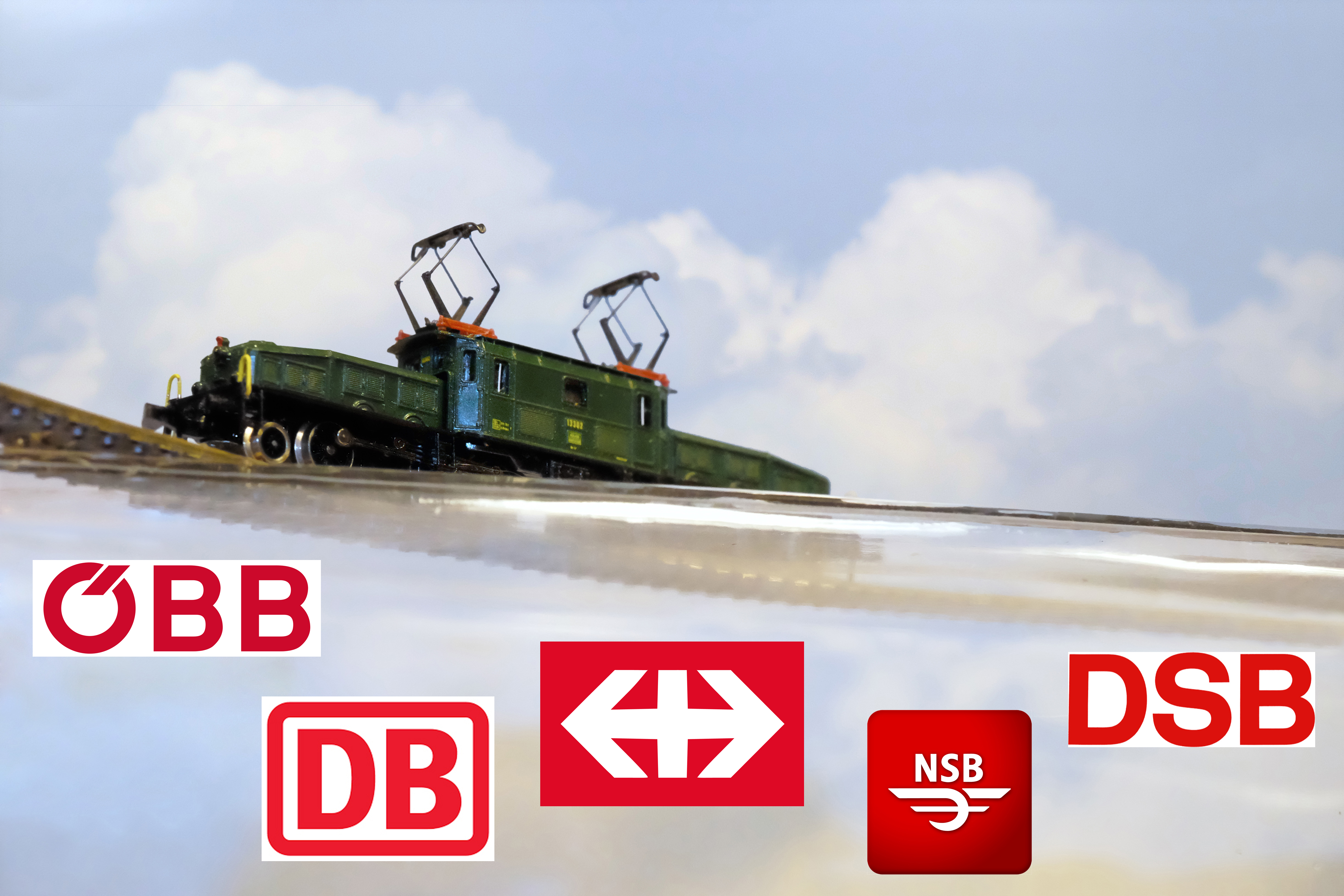Auto transport is one type of freight all world railroads carry as a load, but in Norway autos are sheltered from vandals and the elements in enclosed boxcars. Type Hccrrs auto transport cars are very interesting in design and function owing to their unique appearance. A bellows gangway connects the cars with signage lettering for Auto Transport Service A.s Drammen.
FR’s attention to detail and precision manufacturing is evident in these cars, much time passed between announcement of the new release and availability: several years in fact. Modeling the bellows connection slowed release until a perfect solution was achieved. Design and manufacturing are slow going processes that perfectionist manufacturers like FR have in common with other firms thus if not as many releases are coming out of your favorite manufacturer it is probably due to how much they care about getting it right.
Model: metal construction with permanent metal drawbar connecting pairs of cars with marklin couplers.
The cars in this set are sold in pairs with item ending in ’02’ indicating two pairs thus this item number is 47.819.02 (47 indicating country code for NSB).
























































